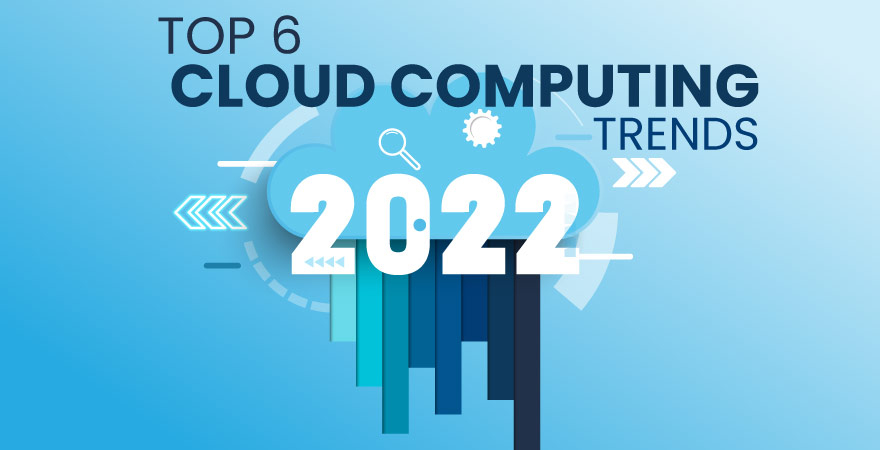As we bid farewell to 2019, we can say this this year has also been quite a fruitful one for the Cloud Computing Industry. Thanks to constant innovation and optimization, the influence of Cloud Delivered Solutions has increased across the board. Let’s briefly touch some top trends in cloud computing during 2019.

Multi Cloud Proliferates
Initially, this seemed as a difficult proposition but the Cloud Service Providers (CSP) have delivered quite well in this domain. As the cloud market matured, the trend of specialized services gained momentum. This meant that established players of the cloud market were well entrenched in their respective niche.

Also Read: Top 10 Cloud Computing Trends and Outlook for 2020
However, as a Cloud Tenant, what’s more important than the brand itself is how capable and viable is a cloud solution. Cloud users did not feel hesitant to seek the services of multiple cloud providers simultaneously. This trend has culminated into multi Cloud Infrastructures becoming the norm, rather than exception.
Also Read: Also Read: How the Cloud is Reshaping End-User Computing?
Integration of Multi Cloud Gets Cracked
Multi cloud infrastructures sound both efficient and cost effective, but integrating different cloud solutions developed over various platforms is quite tough. This area gained a lot of attention over 2019. Now, we can find decent solutions that have demonstrated the capability of handling multiple clouds.
These solutions are responsible for intelligently allocating cloud based workloads to various CSPs, based on certain predefined criteria. Management tools for multi cloud infrastructures have greatly contributed to the growing trend of public cloud.
Also Read: Public and Private Cloud Infrastructures
Cloud Managers Gain Importance
As reliance on the cloud increases and these solutions become ever more complex, the role of enterprise cloud managers has gained a lot of importance. Their role is particularly crucial when managing a mix of hybrid or multi cloud infrastructures.
The optimal allocation of enterprise workloads became a key performance indicator for the deployed cloud solution and the cloud managing professionals. The influence and importance of cloud managers is constantly on the rise and we should see their expertise get incorporated at the level of strategic planning.
Containerization Grew Strong
The trend of app containerization has opened new frontiers for the cloud delivered solutions. This feature not only enables the efficient use of cloud resources, but also goes a long way in optimizing business critical processes. We saw plenty of open source and specialized software that orchestrate and manage containers.
Another notable trend in the domain of containerization was that industry heavyweights also jumped into the market with their versions of cloud native enterprise software and applications. This added a welcome dimension of high end productivity and process management over the cloud infrastructure.
Growth of Process Automation

The inherent centrality and flexibility of the cloud acted as a strong enabler for DevOps initiatives. This resulted in delivery of high quality enterprise solutions in substantially shorter time frames. The model of converged data over the cloud has greatly enabled the management of key organizational processes by automation.
Add Image showing Growth In Automation Process
Virtualization Grows
With the rapid proliferation of cloud solutions, many software and application developers soon realized the urgency of migrating their offerings over to the cloud. This also resulted in collaboration between Cloud Service Providers (CSP) and developers of enterprise solutions.
We witnessed widespread virtualization of productivity software and applications to make them one with cloud computing solutions. Cloud native apps and software solutions unlocked a whole new paradigm of process efficiency and convenience. This in turn improved organizational efficiency as well as end user experience.
Conclusion
One of the defining characteristics of the cloud computing industry have been constant innovation. This has led to out of the box solutions for business processes that were too good to pass for countless industries. This in turn has ensured the vibrancy and steady progress of the cloud computing industry.
Going into 2020, we should see the trend picking up right from where it left off in the year 2019. As more expectations build around cloud based solutions, the industry will try to live up to its strong track record of not only delivering on market expectations, but even exceeding them.


